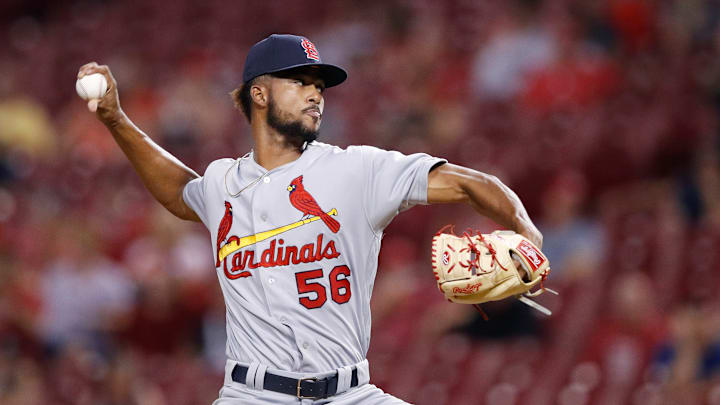#8 - Adolis Garcia to the Rangers for cash
Any time a player is shipped away for cash, I feel like it's a high-risk, low-reward scenario. Oftentimes, the cash is minuscule at best and rarely factors into future moves or decision making. Often, these deals end up being forgettable for both teams, but in the case of Adolis Garcia to the Texas Rangers, the Cardinals have to be shaking their heads at themselves.
Garcia barely made an impact in the 21 games he played for St. Louis in 2018, posting a .294 OPS in his 17 at-bats. I know St. Louis had a logjam in the outfield, but sending away someone with the tools that Garcia had for just cash, especially after being a productive Minor Leaguer, seems like a bad move even without the hindsight we have now.
In 2021, Garcia was an American League All-Star for the Rangers and finished 4th in Rookie of the Year voting. Last year, Garcia slashed .250/.300/.456 with 27 HR, 101 RBI, and 25 SB while playing in 156 games. While Garcia isn't a sure bet over the Cardinals' other outfield options, it's safe to say the club could've at least gotten a lot more value for the outfielder.
